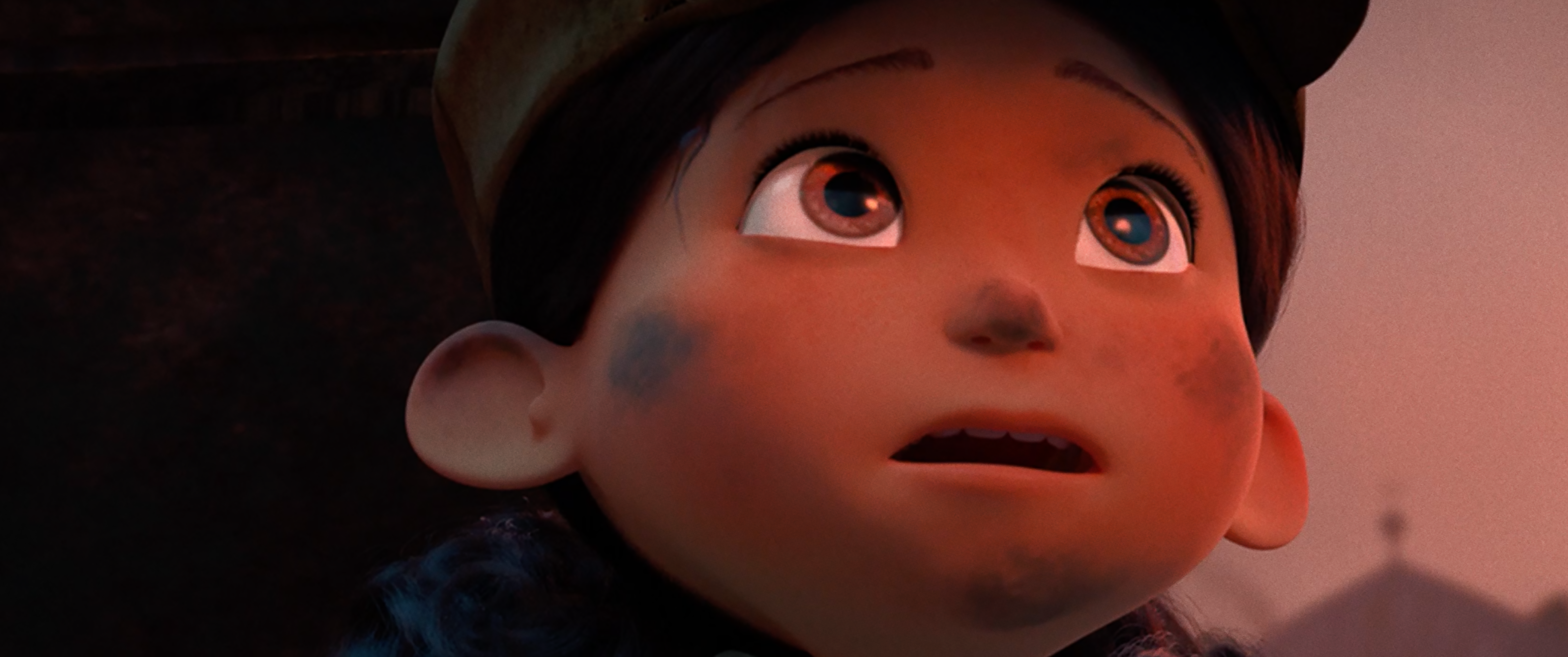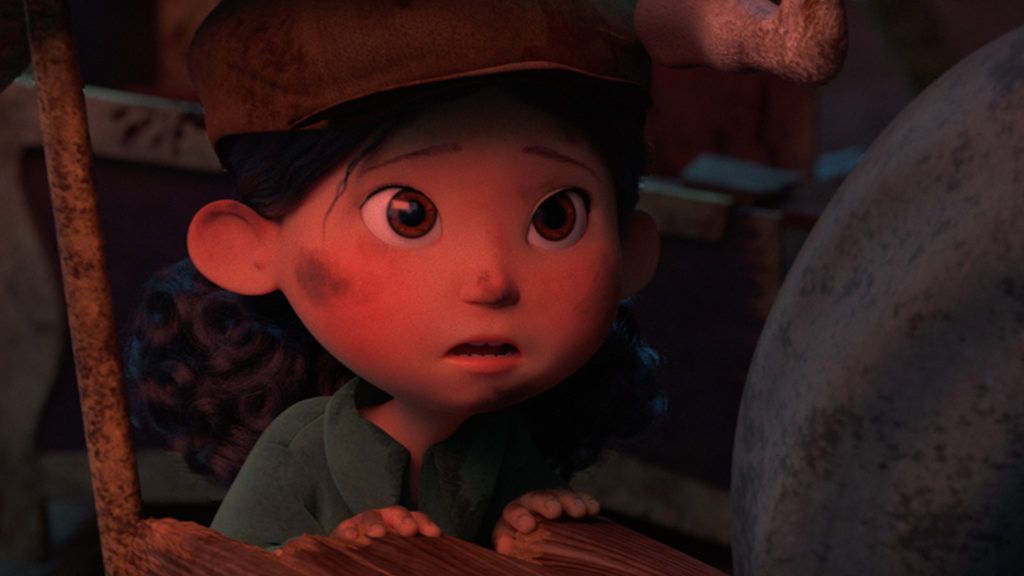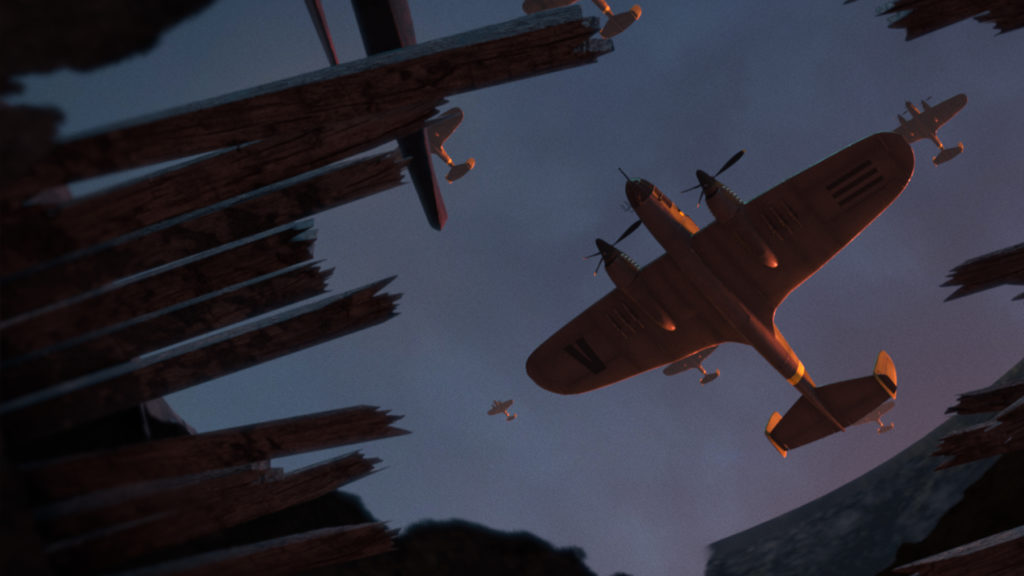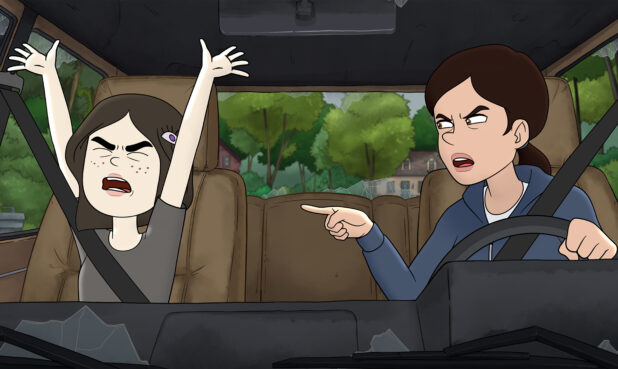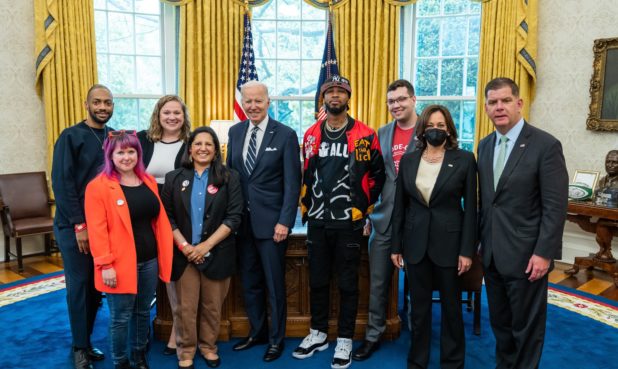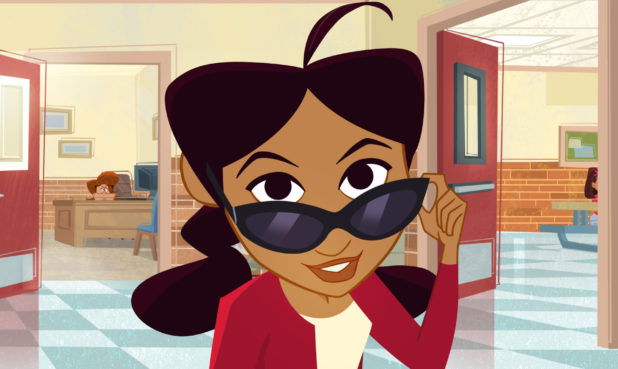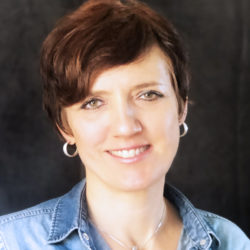
While working at a major studio in 2006, a six-month gap in production led animator Cinzia Angelini to ask: “What do I really want to do?” Production was halted, but the animators remained on staff, and she had the opportunity to take every possible training course, including classes in story—something she loved but never had time to pursue during the course of her career.
Not long after, unemployed during a major layoff in 2008, she says: “It was the best thing that could have happened to me. It gave me the time to press the reset button.” It also led her down new storyboarding paths and in pursuit of an idea she’d begun exploring during her production hiatus—Mila, a story of war’s impact on children. She had pitched the idea to numerous colleagues over time, to get feedback and hone the storyline, and to her surprise people started reaching out to her, asking if she was making the film, and telling her how much they would love to work on it. She credits this to Mila’s strong theme because “I had no budget, no studio, nothing,” she says. “But they were so enthusiastic, so I was like, sure, let’s try. There was no thinking how to do it. No plan. Just a desire.”
Here, Angelini shares her journey to make Mila, from pursuing such a personal story to working with hundreds of passionate volunteers from 35 countries around the world.
Please share the personal story that inspired Mila.
A story that my mom always told me when I was growing up was about how she felt during WII as a little kid, Mila’s age, about five. The bombers would come, and she would just freeze, not be able to move or do anything because of fear, until somebody would pick her up and take her to shelter. She would stay there under the bombs, petrified. … That was the spark that gave me the motivation to talk about a war story from the point of view of a child.
What is your goal in approaching war from a child’s point of view?
People think they can’t make a difference. Many times I find myself thinking that. Like the problem with plastic in the world. Oh my God! I don’t even know where to start. But we can make a difference. It’s in our power. Showing Mila to young kids who in the future might be a president or diplomat. You never know. Maybe they remember a frame of Mila’s face and think twice about something.
Why did you choose to make Mila without any dialogue?
Mila is based in Italy, but it’s a universal message I wanted to send. So it was immediate, my wanting to do a musical piece. [Music is] such a universal language for everybody. Yes, not having dialogue … it was very difficult to convey emotions and story points. But I think it was totally worth it because it’s more impactful. With Mila, the music of Flavio Gargano, such an incredible composer—through music and sound effects, he was a big part of communicating the emotions and the stress and what Mila goes through.
Usually, music comes late in production. In this case, Flavio was part of the film from a very early stage. He found [a little clip] online, and he contacted me. He said, do you mind if I do a test? I said, yeah, sure. But he’d already done the test, because he sent it to me after two minutes. It was spot-on fabulous. I’m like, you’re the man.
What was it like to work with more than 350 volunteers?
I was so fortunate. From the very beginning, Executive Producer Valentina Martelli volunteered her magic to help us find great sponsors and promote us at every turn. Another of the first volunteers who came onboard was Visual Effects Supervisor Valerio Oss who has an animation studio, Pixel Cartoon, in Trento [Italy]. [His studio] was the only physical place we had for [the first] nine years. Valerio was holding the files, and was the point of reference for uploading and downloading stuff.
We were remote before people knew how to spell remote. We had nothing compared to what we have today. We had Skype version 1. Then we had a forum that was kind of ‘90s oriented with lots of clicks and passwords, and millions of emails being sent. Finally, in 2015, Slack came out. It was such a game changer for us.
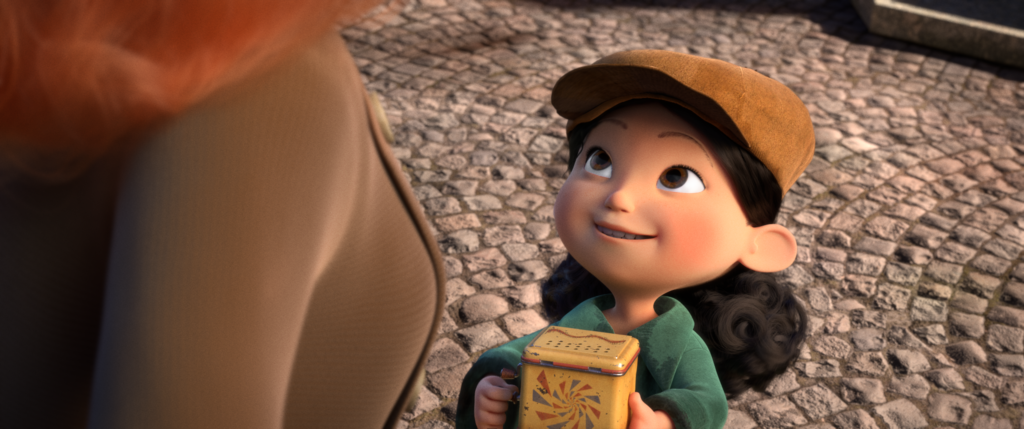
We definitely took advantage of the many time zones with 35 countries—having somebody start on something in this part of the world and another person pick it up when this one was going to bed. We got into a rhythm, and the different time zones were actually positive.
We tried also to give back as much as possible and be fair to everybody as much as possible because [Producer] Andrea [Emmes] and I were absolutely conscious of people’s time and volunteering on the project. Lessons, letters of recommendations, networking, any help we could give—one of the big satisfactions for us is that many people started as students and ended up with a career because of Mila. We have so many of those stories.
Explain your philosophy of cultural diversity through the magic of animation.
That idea came from Mila. Across the years, I saw so many people being attracted to [the film’s] theme. But also through my kids. Because they grew up with a digital sister, basically, and I talked to them so much about what Mila was going through and what my mom went through. We talked about war, and they were asking the right questions after a while, and asking what was going on in Syria and Yemen. I saw that they were totally more aware than some other of their friends just because of Mila.
[Animation] has so much potential. Really touching kids and influencing them in the right way. The potential of the brain, especially in the first years, it adapts to the environment. [And] we can do so much more in terms of education. Especially influencing the approach that they will have with different cultures in the future if they see films that are talking about culturally different things, and they see kids going through experiences and adventures they would never even think of. How are their brains going to react? They’re going to be so much more open as adults. If they meet a person from Afghanistan at the university and they’ve watched a film from Afghanistan, it will spark a conversation away from fear, from those walls that we’re building around us.
The golden years are the first ten years. And what are kids watching? Mostly animation. Our industry has so much responsibility, in a good way. We can do more than we’re actually doing in terms of educating and empowering them so they will be better adults and hopefully create better futures.
Discover more about Mila.
Mila’s sizzle reel can be found here.
Watch Angelini’s TEDxVail talk about cultural diversity through animation.
